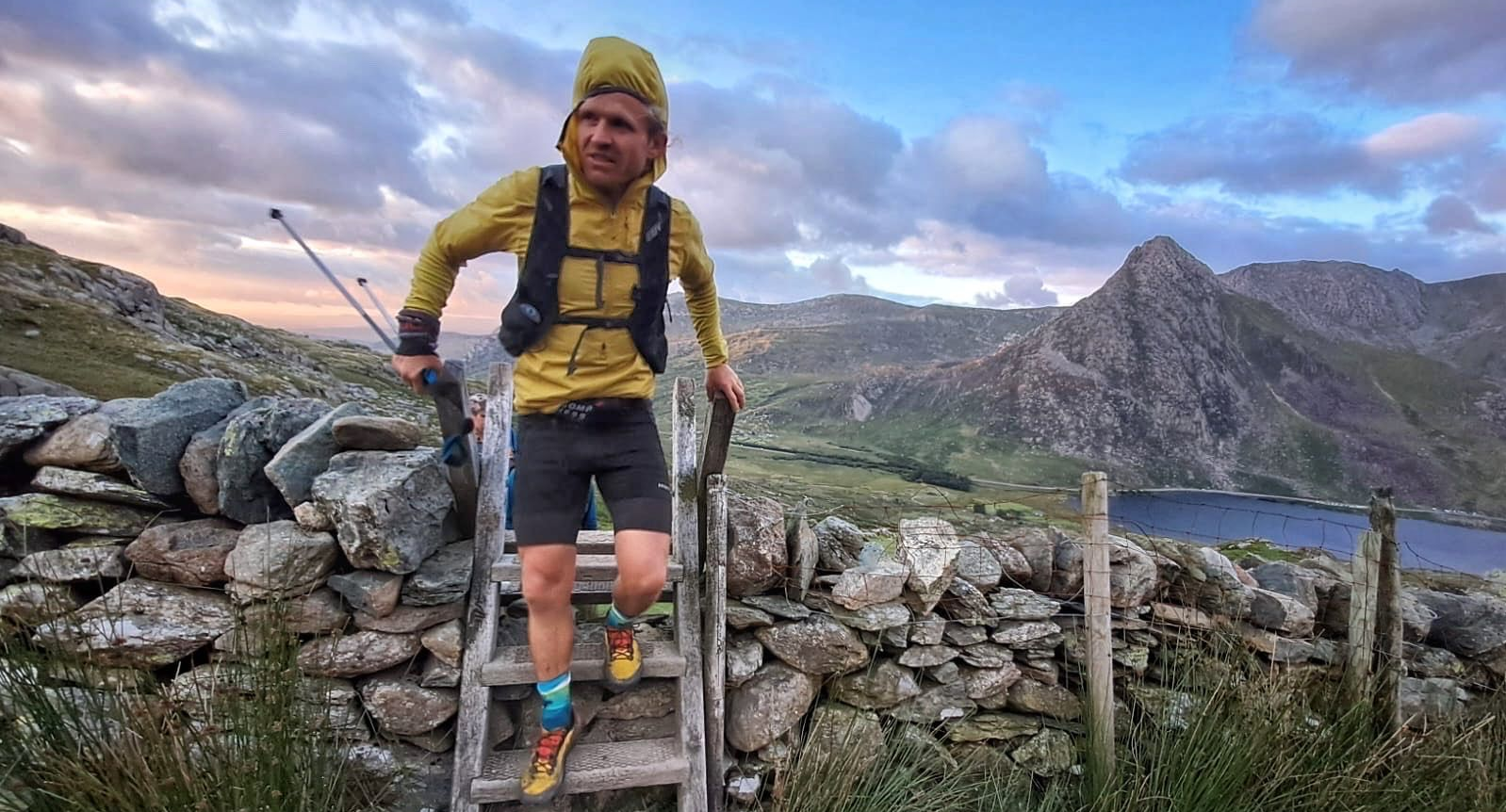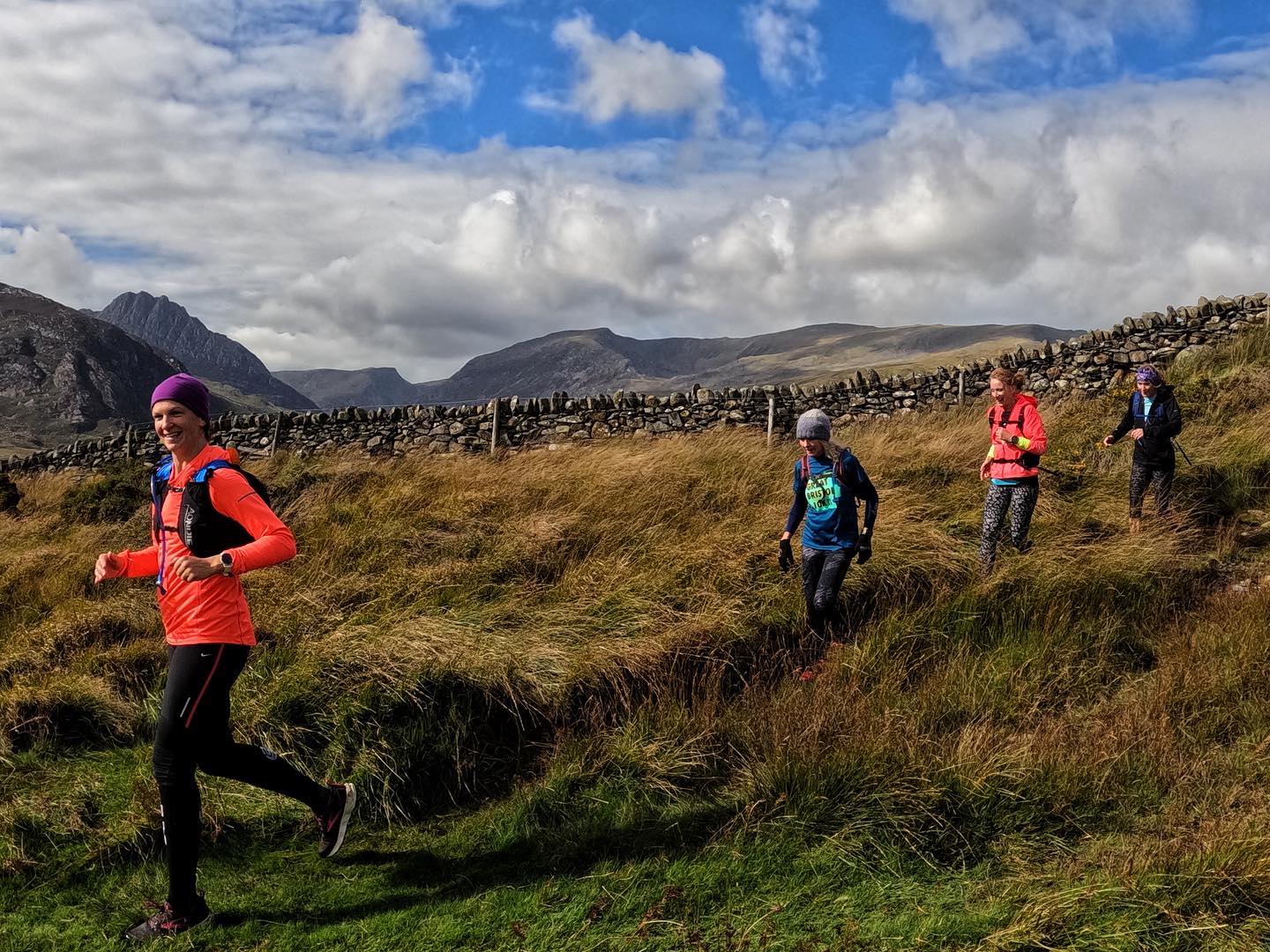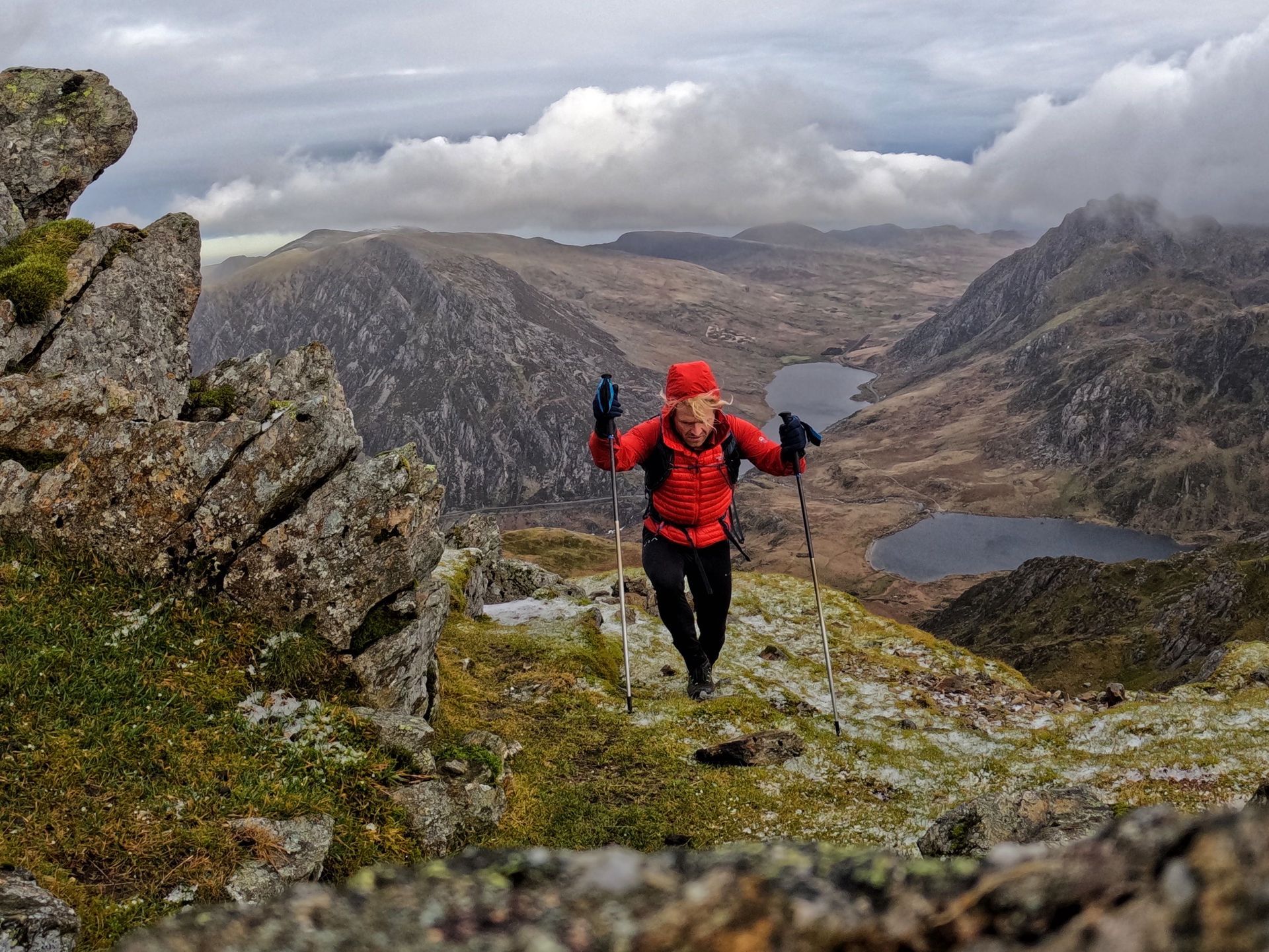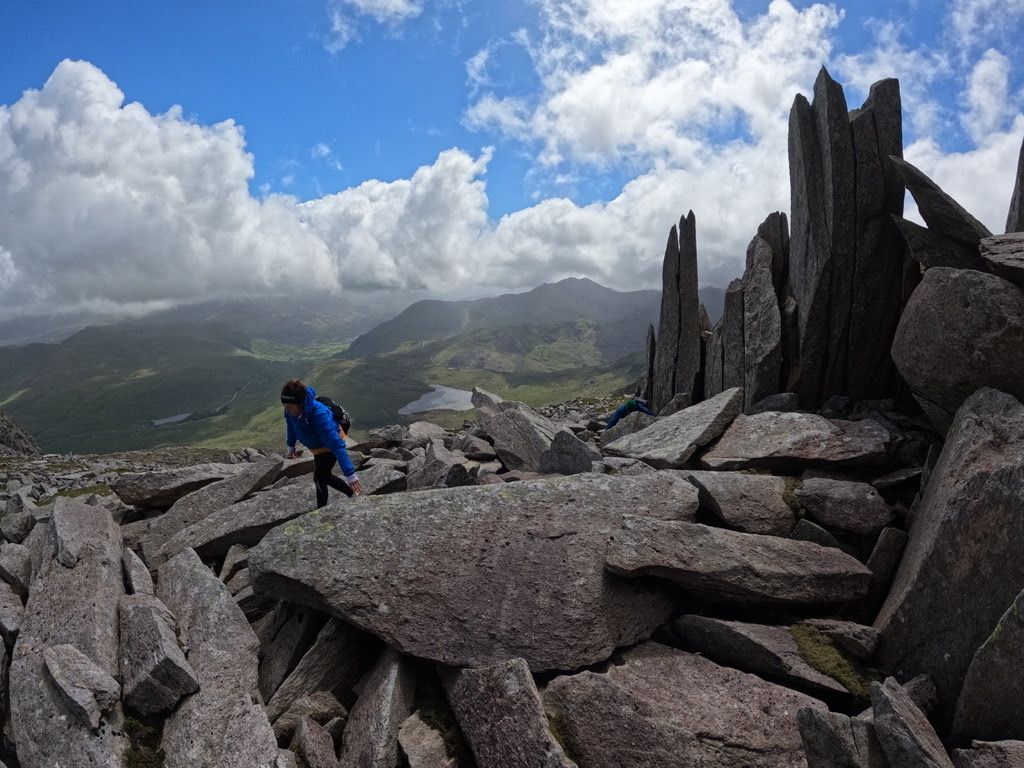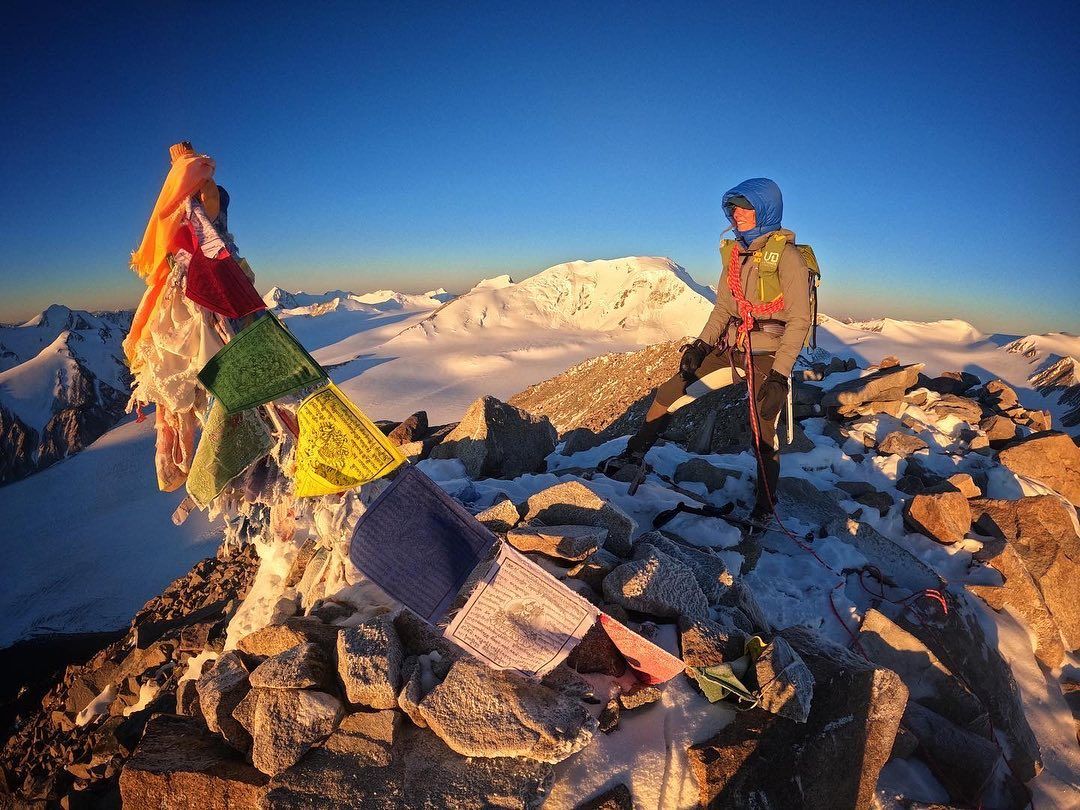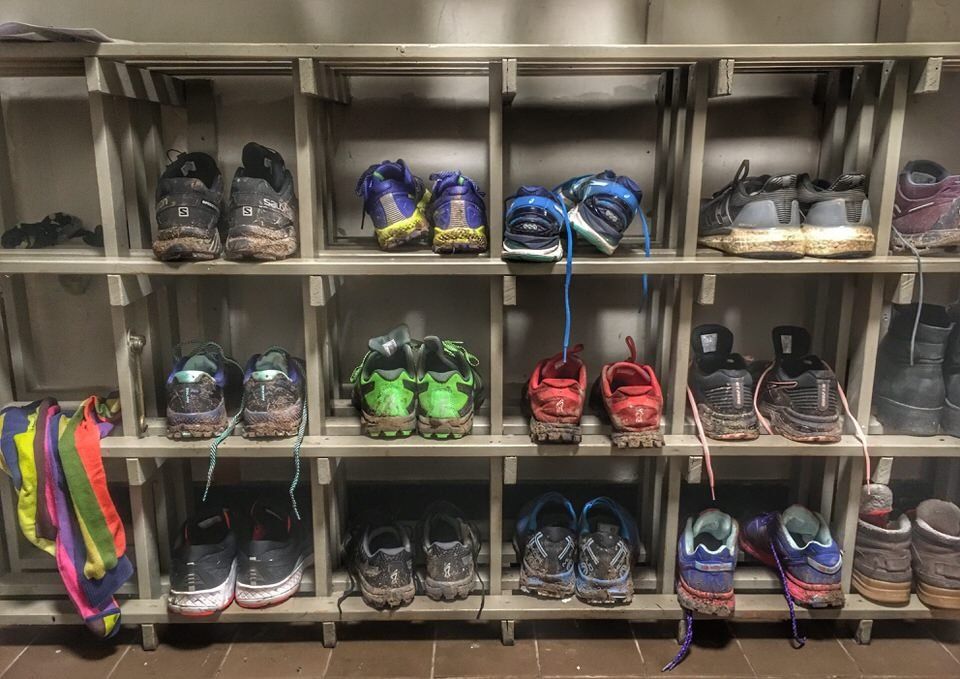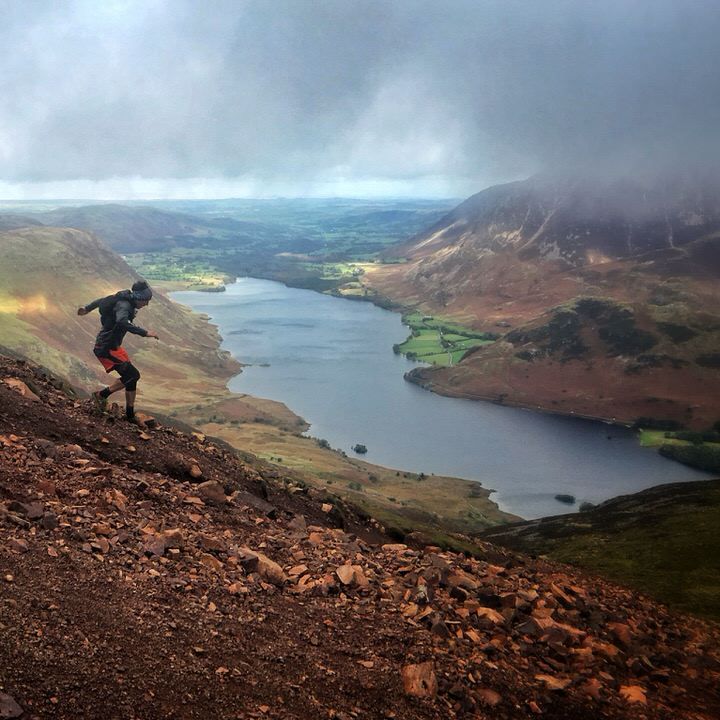Multi Day Running Top Tips
Dean Russell • January 14, 2020
Run some of the UK's long distance trails or traverse a mountain range in the Alps over multiple days for a new adventure in 2020 - here's some top tips on how.
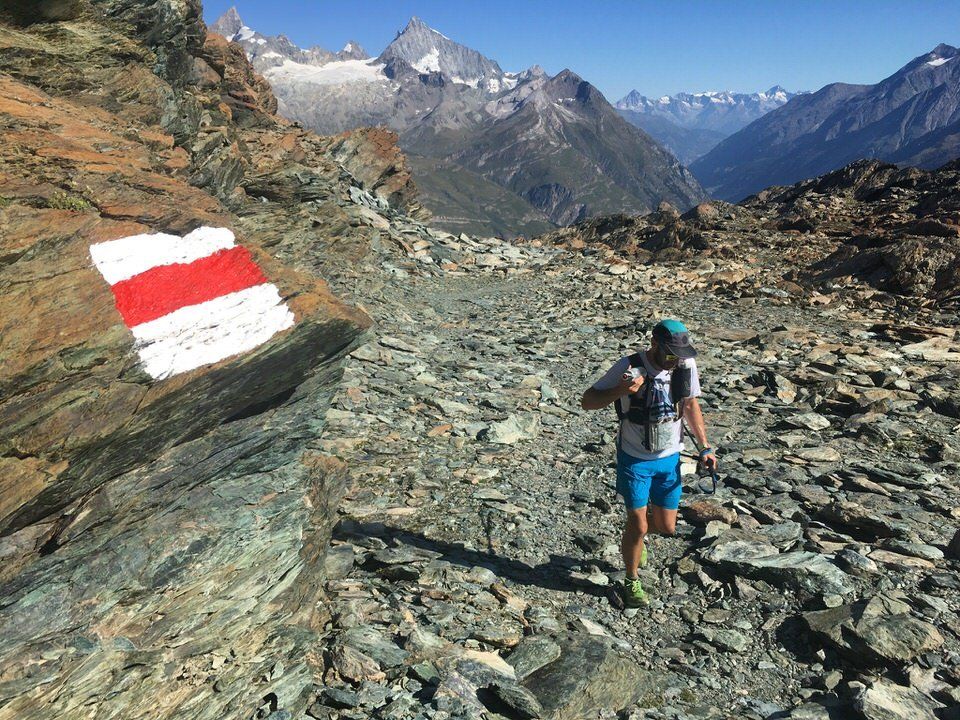
With the new year starting, as runners
we look for races and new challenges to set our sights on and to help us focus are training through the winter. There has been a massive increase in ultra races
over the last 5 years in the UK due to the high demand of runners looking for endurance challenges
that go beyond a marathon. Multi day events
where competitors are running ultra marathons over consecutive days are limited but sell out quickly such as the world renowned Berghaus Dragon’s Back
race that is from next year running yearly not bi-annually due to its popularity. These types of races are a lot more common around the world and Europe with some amazing races such as Marathon des Sables, Un Tour En Terre Du Jura
(A tour of the Jura) and the four day version of the Ultra Tour de Monte Rosa.
Multi day running doesn’t have to be a race though, in recent years I have ran 4 day traverses of the Mont Blanc and Monte Rosa massifs sleeping in huts and hotels along the way. It is without doubt one of the best ways to travel in the mountains, covering a big distance and enjoying the changing landscapes as you travel from valley to valley. You don’t have to travel to Europe or further afield though as here in the UK there is potential for running coastal paths such as in Pembroke, famous walking trails like the West Highland Way
or one of the famous fell running rounds such as the Bob Graham
over multiple days.
Keeping yourself going day after day takes a lot of hard work when the running
is done, which is the last thing you will want to do! Here is a guide to help you look after yourself for your first multi day event or some top tips on things you might not of thought of to help you in your next event.
Intensity of running
How hard you're running relative to how hard you're capable of running is known as your intensity and can be classified as low, medium or high zones. These zones are really useful while training but important to be aware of during multi day runs or events. The transition from low to medium zone will see your heart rate increasing and you’ll start to breathe harder. You will want to be in the low to medium zone throughout by walking the ups (if you put an imaginary ball in front of you and it rolls back towards you - walk!) and utilise gravity to run the flats and downs. You will be breathing harder when ascending or running but you don’t want to get into high intensity zone where lactate acid will accumulate in the body causing a burning sensation. This level of intensity is difficult to sustain for prolonged periods of time and will take too long for your body to recover.
Nutrition
It can be very challenging to meet the daily requirements of running all day. As a rough rule of thumb while running the body burns between 350 - 650 calories per hour for someone that is 55kgs. Obviously calories burned per hour depends on weight and level of effort or intensity of exercise so always take any estimates with a pinch of salt. During exercise it is recommended to consume 30 - 60 grams of carbohydrates an hour, not because that is how much you need but because that is all the body can process or oxidise. Eating little and often is key and I try and eat every hour (I use an alarm on my watch to facilitate this). While the body is being exerted additionally there is usually a suppression of appetite and eating the same food items for multiple days can lead to meal fatigue so its important to vary your food.
Below is an idea of what you should be eating each day to keep your energy levels high during multiple day events:
- Breakfast - carbohydrate rich food (bread, muesli, cereal, fruit) avoid heavy foods like pastries that won’t digest in your system.
- While running - rice cakes, energy bars, fruit, nuts, small rolls, gels and electrolyte drinks
- Post running - carbohydrates and protein (such as a protein shake or milkshake or chocolate milk) within first 30 - 45 mins and lots of fluids thereafter that include electrolytes to replace lost salts.
-
Evening meal
- replace the nutrients with soups, salads or juice and ensure your meal is carbohydrate heavy
Stretching
Stretching is important both before and after exercise. Get into the habit of completing 10-15min of dynamic stretching before you start to improve the range of motion and stretch muscles without staying in one position for too long. Exercises such as high knees, lunges, squats, butt kicks or even a light jog will not only reduce your chance of injury but will give you space to mentally prepare for the days running.
After a day on your feet with fatigued muscles and your mind thinking about food and bed the last thing you will want to do is stretch but it is key to recovery and preventing soreness and cramping. Personally I like to have a shower and while the muscles are still warm and supple spend 15 minutes completing a static stretching routine covering all the muscles in the legs. After a couple of days running there is usually tightness in the back and shoulders too caused by carrying a backpack and looking down on technical sections of trail and so additional stretching is required.
Rest
As important as running the miles each day, getting enough good rest helps your body repair, recover and strengthen in addition to sharpening your focus and reinvigorating your spirit.
Immediately after exercise your recovery time is a chance to replenish energy stores and fluids lost during the day. This is also the time for soft tissue such as muscles, tendons and ligaments to repair and remove the chemicals that build up as a result of cell activity during exercise.
The more sleep you can get the better, the one thing you can be sure of doing multi day events is that you won’t struggle to sleep!
Travel light
Fast and light has been the mantra of alpine climbing for decades but is true for running over multiple days. There is always a balance that needs to be achieved between having the right kit for your safety (full waterproofs and emergency blanket) but not going crazy on luxury items or equipment that you don’t use. Here's the full kit that I took on the Monte Rosa for 4 days:
- Running shoes
- Running leggings, socks and tops x 2
- (one for running in and one for wearing in the hotel at night- I would wash the running pair each night, dry)
- Waterproof top and bottoms
- Extra layer (long sleeve top or thin fleece)
- Light weight down jacket
- Map and compass or GPS with route loaded
- Water bottles 2 x 500ml
- Emergency kit in small waterproof bag (basic first aid, kinesis tape, EBR (Emergency Bog Roll), Energy tablets)
- Running crampons (there is a small glacial crossing on the Monte Rosa)
- Toiletries - toothbrush ,toothpaste and small bar of soap
- Food for each day (see above)
- Phone, charger and chargers for GPS
Look after yourself
Your feet are an essential part of running and looking after them is vitally important, it is generally small issues such as blisters that cause major problems with multi day runs and events so make sure you stop and sort out any rubs or hot spots before they turn into full blown blisters. The same can be said with chaffing and rubs around the shoulders from rucksacks. Make sure you have a good blister kit, tape and chamois cream with you as they are quite possibly your most important bits of kit!
If you are wanting to try multi day running being guided then check out the Llyn Peninsular
event or if you have any questions then just get in contact.
Dean Russell
is an active trail runner, climber and mountaineer with over 16 years experience. He is a qualified Mountain Leader and has the British Athletics Fell Leadership in Running Fitness (FLiRF) award. Dean has competed in numerous trail races over the years and finished the Ultra Trail du Mont Blanc in 2017 and the Dennis Rankin round, Tour de Monte Rosa and the Abraham Tea Cup Round in 2019.
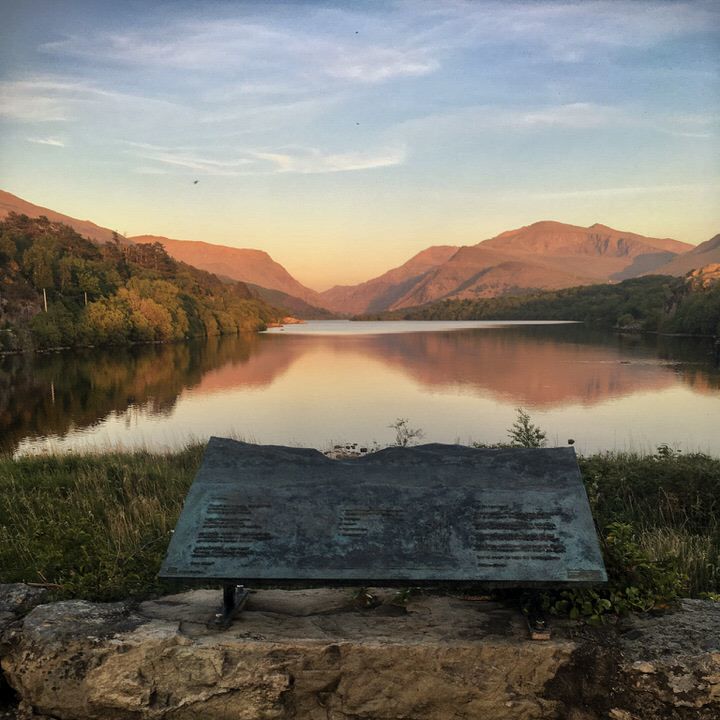
Many of us found ourselves with more time on our hands as lockdown and travel restrictions took grip and the country battled to contain the Coronavirus pandemic that spread across the world. Much of the National Park in Snowdonia closed to ensure there were no undue pressures on local emergency and rescue services and the beloved mountains were off limits for the time being. Running through lockdown was a good opportunity to gain an intimate knowledge of all the footpaths in the local area, often running through thickets of brambles and gorse on paths that had been long since forgotten. Living on the edge of Snowdonia National Park at the outlet of the glacially formed Llyn Padarn, many of my lockdown routes passed a brass plinth that speaks of the evolution of the scenery in front of your eyes. Many of my hours passed enjoying the mountains, reflecting so perfectly on the lake when the air was still, watching how the light morphed high up as the sun started setting on another day of lockdown. It was on one of these many nights that I started to trace the line of the skyline and imagined running a route from the end of the lake across all the mountain tops around Llyn Padarn. As many people delved into cookbooks, looking for the next bake, or updating general knowledge preparing for the next zoom quiz, I hunched over my kitchen table with the map of Snowdonia laid out tracing the same line I had envisioned earlier. What I had been tracing was the hydrological water catchment for Llyn Padarn, twelve peaks where rain drops run from its summits onto their rocky slopes, down steep runnels into streams and rivers feeding the lake, flowing right to the outlet where I had been admiring one of the best views in the National Park. With the levels of Coronavirus infections reducing, on another unusually fine Friday afternoon the news from the Welsh Government I had been waiting for was delivered in their regular briefing. The mountains were going to open in their entirety and it felt fitting to commemorate the opening by running the skyline that I had so often admired. To follow the water catchment the route first ascends gently on roads through the villages of Fachwen and Dinorwic and into the local quarries. Described by some as a blight on the landscape, the sometimes otherworldly looking vistas are a reminder of the industrial era when North Wales was home to one of the most important slate producing areas. Ascending through endless slate piles, up inclines, past buildings and metal work that once would of been integral to the workings you get a great sense of how hard and dangerous the work for the miners must have been. After leaving the quarries behind, already high in mountain terrain, the summit of Elidir Fach was soon under my feet. A further short pull brought the rocky summit of Elidir Fawr, with its jagged grey gritstone that is in contrast to the red sedimentary siltstone on the flanks leading to the summit. The hard work initially getting up high was rewarded heading along the spectacular ridge to Mynydd Perfedd and sublime views to Marchlyn Mawr reservoir, Ogwen valley and one of North Wales most iconic mountains, Tryfan. The position of the Glyderau with mountain ranges on either side gave a big mountain feel to the summits of Foel-goch and Y Garn before descending towards Twll Ddu, more commonly known as Devils Kitchen named due to the sinister plume of smoke rising from a huge crack in its cliffs. Instead of descending into the depths of the cauldron a steep ascent up scree slopes of Glyder Fawr was necessary which felt like traveling without moving as my feet slid from underneath me. Descent from the summit was via the red route that winds its way south through complex terrain passing boulders with a faint spray painted red dot leading the way. The views across the valley to the classically shaped Crib Goch were spectacular and left me in no doubt that the next section contains some of the best scrambling terrain in North Wales. Pen Y Pass was a welcome respite and a chance to grab a snack and recharge my batteries before the crux of the run. The going got tough as I made my way up from Pen y Pass with the technical, engaging scramble up the initially broad East ridge that converges to an airy ridge walk up to Crib Goch’s summit. The fun didn’t stop there though continuing along the summit ridge which has some spectacular positions where it is not uncommon to see people traversing it “Au Cheval” (like a horse) before yet more first class scrambling to reach the grassy summit of Crib y Ddysgl. The way forward was made up of skirting impressive Cwms that are the product of scouring in the late Ice Age that ended some 10,000 years ago. The geology of the Cwms are synonymous with glacial activity in Snowdonia with the mountains having two distinct faces, grassy slopes facing South-West and steep craggy ones facing North-East. After completing the technical section where my thoughts were solely on the next foothold and handhold as you traverse a couple of Snowdon’s giants its a welcome respite, even with tired legs, to run up and down the grassy summits of Moel Cynghorion, Foel Goch, Foel Gron and Moel Eilio. Appreciating the great views of the Nantlle valley and the Menai Straits, I found myself in a state with no thoughts running through my mind, no stresses, no to do lists, nothing. Running has long been associated with controlling stress and boosting the bodies ability to deal with mental tension. Combining that with the benefits of being in the mountains has long been vital to my own mental wellbeing and as I continued my run I could feel the mountains cleansing my mind with every step, oh how I had missed the mountains. Running down from Moel Eilio skirting another set of slate quarries the final summit of Cefn Du was soon arrived at with the sudden realisation that there are no well worn paths from its summit and so a degree of heather bashing was required. Following a faint path by a dry stone wall led to a better trodden path that drops down eventually to the main road and a short run back to the plinth where the journey had started. An opportunity to admire the views, a chance to reflect, taking in all the mountains that have been traversed and ponder there long evolution just as the words by Gillian Clarke describes: But for how long? Cherish these mountains, born in fire and ash out of the sea to make this wilderness, Asleep for aeons beneath ice and snow, carved by the shifting glaciers long ago, Till ten millennia back, the last ice age made right for fern and purple saxifrage, This place, whose evolutions given birth to the rare Snowdon lilly’s home on earth, But all could go with the melting snow. The Llyn Padarn Skyline is a 36 km run with 3,108m of height gain that was completed on the 6th July 2020 in 6 hrs 31mins and 25 secs. If you would like to have a go at the Skyline there are more details on how you can get your time recorded here . Dean Russell is an active trail runner, climber, mountaineer and trekker with over 16 years experience in the mountains. Usually found running and climbing in his local mountains in North Wales he offers private and group guiding highlighting the best routes in Snowdonia’s national park. If you would like further details then you can contact Dean here .

